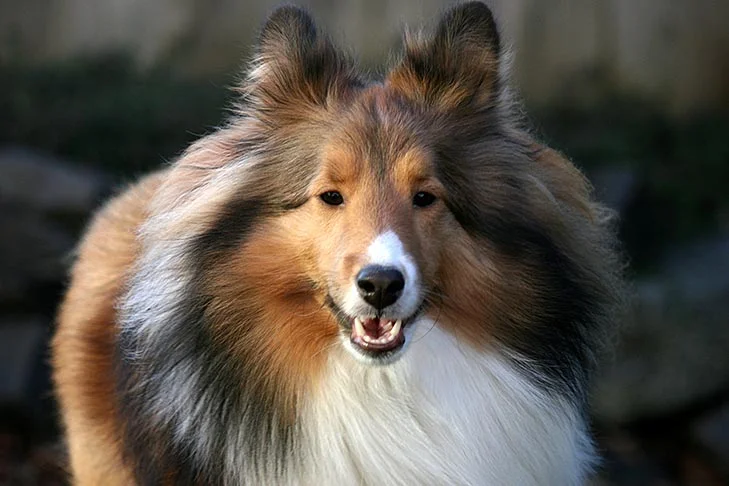The Shetland Sheepdog, or Sheltie, is a highly clever, swift, and loyal herder from Scotland’s remote and rocky Shetland Islands. Shelties are closely related to their larger relative, the Collie. The Shetland Sheepdog is a small, lively, and agile herding dog with a shoulder height of 13 to 16 inches. The long coat is harsh and straight with a deep undercoat and is available in black, blue merle, and sable with white markings. Shelties have the appearance of a rough-coated Collie in miniature, thanks to their coat, long, wedge-shaped head, short, three-quarter erect ears, and deep-chested, level-backed torso. Shelties are easy to train and world-class competitors in obedience, agility, and herding contests.
They are sensitive and affectionate family dogs who are extremely sensitive to the mood of the household. They enjoy barking and are reserved around strangers, which are two characteristics of a superb watchdog.








 Health
Health Grooming
Grooming Exercise
Exercise Training
Training Nutrition
Nutrition